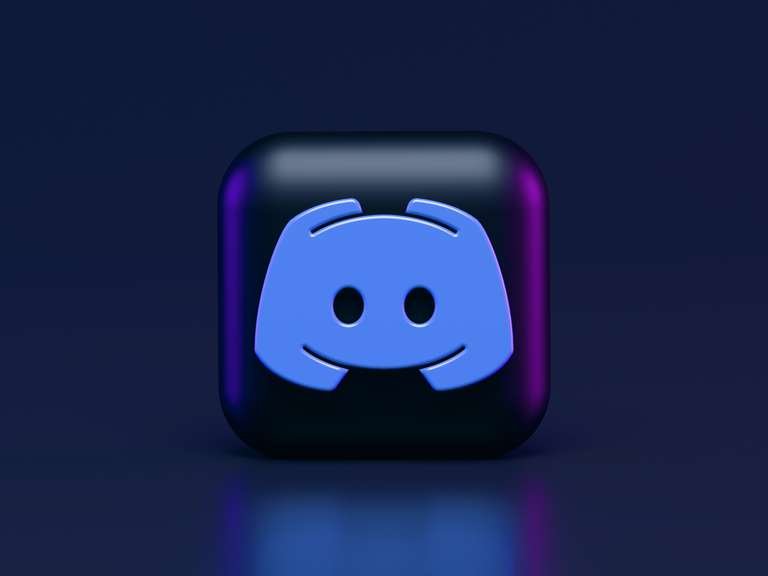Medical Text to Speech: Changing Healthcare for the Better

Recent advances in AI and deep learning are transitioning every industry possible and healthcare is no exception. From diagnostics to treatment management to drug discovery and production, every healthcare process is being revolutionized by artificial intelligence and its related technologies. Text to speech is the latest force in the same vein evolving the way we communicate; it is making speaking and listening more accessible to people everywhere.
Beyond simply converting text into speech, the innovative technology leverages voice recognition to deliver a response in a synthetic voice that is realistic and natural-sounding. This helps in further enhancing digital health technology by speech-enabling health apps, websites, nurse call systems in hospitals, and portable health devices with life-like voices.
Another significant benefit of TTS is it assists with healthcare’s mission of bettering patient care through the use of assistive, digital tools. TTS not only helps healthcare providers boost their effectiveness across various areas but also improves accessibility for patients in healthcare facilities and within their homes.
Enabling healthcare providers to deliver high-quality care
Among the many advantages of text to speech technology for healthcare firms, the fact that it helps propel these businesses into a voice-first era serves as a big one. TTS reduces the workload of a healthcare professional in many ways, freeing them up to spend more time on quality face-to-face interactions. It also provides more comprehensive, accurate, and engaging healthcare to everyone, everywhere.

Cutting down costs and strengthening learning experiences
Doctors, physicians, and other healthcare practitioners can leverage TTS to create training materials, L&D presentations, videos on corporate compliance, and more to help their staff better understand their roles and improve performance. For example, medical officers can use text to speech to convert complex medical documentation into an interactive video or presentation, making it easier for the healthcare staff, including nurses, interns, and house staff, among others, to better understand what is being conveyed.
TTS also eliminates the time and money spent by these individuals to manually create the training modules, enabling them to concentrate on improving patient care. Alongside, surgeons can use the technology to create eLearning modules for interns and medical students, enabling them to better grasp difficult lessons, medical terminology, and concepts.
Enhancing patient engagement
Moreover, healthcare organizations can leverage medical text to speech solutions to speech-enable their web and mobile content and increase patients’ understanding of complex medical topics. Furthermore, by embedding TTS into medical devices, such as equipment used for diagnostics or systems used to communicate data—which include experiment status in a lab, generated summary of patient charts, accessible literature, clinical documentation, and more—healthcare providers can streamline patient interactions, making them more personal and valuable.
In fact, text to speech opens up numerous possibilities beyond just reading data. Messages can be tailored based on the audience, situation, personal preference, or other characteristics. Using AI voices, medical organizations can also personalize and schedule outbound calls with reminders about upcoming appointments, cancellation policies, and more. This helps in increasing efficiency and patient satisfaction, reducing operational costs and no-shows, and leading to better overall scheduling management.
Improving efficiency
In addition, TTS embedded in medical devices also helps increase healthcare efficiency. How? AI voices can be used to issue step-by-step audio instructions on how to use life-saving AED machines, enable hospital patients to call for a nurse or a physician, as well as provide instructions to medical personnel on how to assemble complicated surgical devices, among other tasks. Furthermore, by integrating text to speech voice assistants into the electronic health records (EHRs) of a healthcare facility, physicians and surgeons can easily pull up the past medical record of a patient to get a better understanding of how they are going to respond to a medication or surgical procedure. Medical professionals can also add an audio readback component to electronic prescribing, a clinical note, or patient notes, thereby, increasing accuracy and proficiency while eliminating errors.
That said, adding text to speech functionality to a pharmaceutical company or large not-for-profit healthcare system’s digital platform can extend corporate social responsibility (CSR), ultimately, boosting financial performance, improving sales, elevating reputation, increasing employee retention, as well as opening doors to capital and funding.
Increasing accessibility for people with special needs
When it comes to text to speech technology’s application for patients, there is a myriad of possibilities. Primarily, TTS serves as an assistive technology that helps individuals with sight, motion, and learning disabilities express their thoughts openly. It eliminates the need for such individuals to read and interpret text and enables them to communicate efficiently without spending on expensive specialized equipment.

For people with learning disabilities
Statistics suggest that about 15 to 20 percent of the worldwide population have a language-based learning disability, and Dyslexia is the most common. TTS gives such an audience a more efficient, practical solution to reading by allowing them to listen to written words and speech sounds through a read-aloud function. It also addresses the many problems experienced by individuals with reading disabilities, including, the misidentification of words, slow word reading, and connecting text that often results in difficulties with comprehension. Additionally, it also helps with proofreading. To put it simply, TTS tools improve learning and speech-disabled individuals’ ability to focus, retain information and improve comprehension, eventually, making them independent in their learning process.
Read more about how TTS empowers those with Dyslexia in our blog here.
For people with visual impairments
An estimated two hundred eighty-five million people worldwide have some form of visual impairment, 39 million of whom are blind. Vision impairment is a huge burden on individuals in general, especially on students. They form constraints while trying to achieve daily activities and prevent students from following up with their class instructors, and even at home. TTS empowers such students to listen to any reading material, a book they desire, or an article they’re interested in, without having to copy it, translate it to a braille form, or any other language they understand to finally be able to access it. Another added benefit is that these tools enhance the students’ self-esteem in the long run.
For individuals with medical conditions like ALS
Did you know that one in ten people deal with an acquired speech impairment because of illnesses like ALS, Parkinson’s, stroke, or brain injuries? With text to speech, it is now possible to recreate an individual’s voice from before the time when they were diagnosed. In other words, TTS gives people their voices back.
Furthermore, virtual assistants embedded with text to speech technology provide support to patients, who benefit from regular oral reminders or conversations. It helps automate patients’ appointment reminders, verbally reminds them to check their blood pressure in the form of an alert, and reads aloud important medical information such as descriptions of diseases, prescriptions, and drug information leaflets, among other use cases. TTS also increases the accessibility and usability of portable health trackers.
Murf TTS for the win
Today’s voice AI market is brimming with numerous text to speech solutions that enable people with disabilities to live normal lives by providing supportive applications and tools that they can utilize. This makes choosing the right TTS an arduous task.
Murf’s TTS platform is designed to provide improved digital accessibility to populations with learning and speech disabilities, visual impairments, and low literacy challenges across devices and platforms. Its AI voices can be fully integrated with users’ pre-existing assistive technology solutions, delivering natural-sounding voices to support accessibility.
The benefits of using Murf Studio for voice-related needs are manifold. Users have the option of choosing from over 120+ natural-sounding AI voices in 20+ languages and dialects. The platform also supports a wide range of accents—both male and female—across age, gender, and race, allowing users to select a voice that is perfect for them.
Harnessing Murf’s advanced text to speech voices, which sound realistic and are of high quality, individuals with learning and speech disabilities can enjoy listening to long texts without having to deal with the repetitive and robotic tone traditionally associated with lesser-quality artificial voices. Moreover, the software offers a high level of customization for all its AI voices. Users can take advantage of this using different features such as emphasis, speed, pronunciation, pauses, and more.
For example, hospitals, clinics, and other healthcare institutions can use Murf to create training videos, eLearning modules, explainer videos, corporate videos, product demos, and more. On the other hand, when it comes to the consumer side of things, health trackers incorporated with text to speech voices from Murf allow patients to receive customized voice alerts from their blood glucose meters and heart rate and blood pressure monitoring equipment as changes occur or as they complete routine checks.
Without a doubt, text to speech is revolutionizing healthcare as we know it. As the technology continues to mature and become more widely adopted, the level of acceptability and adoption is only going to increase. Technology experts are also leaving no stone unturned and are constantly working on improving the quality of text to speech software.
We have barely scratched the surface of what’s possible with TTS in the healthcare industry. There is a lot more to explore!



